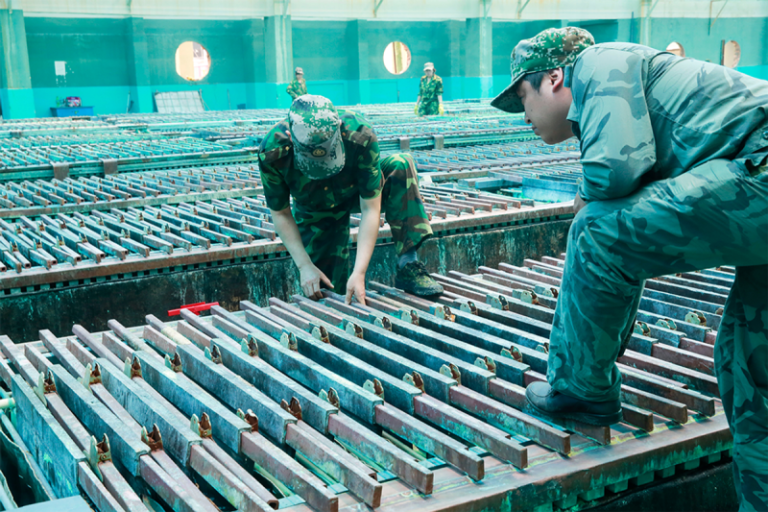In the wake of geopolitical tensions and trade conflicts between the United States and China, reducing reliance on China for rare earths production and processing has become a pertinent issue for many countries around the world. The dominance of China in the global rare earths market poses significant risks to supply chains, given the strategic importance of these elements in high-tech industries such as electronics, renewable energy, and defense.
Identifying alternative sources for rare earths production and diversifying supply chains has emerged as a priority for many nations seeking to mitigate the risks associated with overreliance on China. The search for viable alternatives involves a multi-faceted approach that encompasses domestic production, international partnerships, recycling initiatives, and innovation in extraction and processing technologies.
One key aspect of reducing reliance on China for rare earths is the revival of domestic production in countries outside of China. Nations such as the United States, Australia, Canada, and some European countries have recognized the importance of establishing or reviving their rare earths mining and processing capabilities. By developing domestic sources of rare earths, these countries can reduce their dependence on Chinese supply and enhance their national security and economic resilience.
International partnerships and collaborations also play a crucial role in diversifying the rare earths supply chain. Countries with rare earth resources can forge alliances to collectively develop and exploit these reserves, enabling them to mitigate the risks associated with depending solely on one country for their rare earth needs. The European Union, for example, has been advocating for closer cooperation among its member states to reduce reliance on external suppliers for critical raw materials like rare earths.
Furthermore, the promotion of recycling initiatives can help lessen the demand for new rare earth production. Recycling electronic waste and end-of-life products containing rare earth elements can recover these valuable materials and reduce the pressure on primary sources. Investing in research and technology to improve recycling processes and recover rare earths efficiently will be crucial in achieving a more sustainable supply chain.
Innovation in extraction and processing technologies is another key area for reducing reliance on China for rare earths. Developing new, environmentally friendly methods for extracting and refining rare earths can improve efficiency, reduce costs, and enhance the overall sustainability of the supply chain. Research efforts focused on alternative extraction techniques, such as ion exchange, solvent extraction, and bioleaching, hold promise for diversifying the sources of rare earths and reducing dependence on traditional extraction methods.
In conclusion, reducing reliance on China for rare earths production and processing is a complex yet imperative task that requires collaborative efforts from governments, industries, and research institutions worldwide. By embracing domestic production, fostering international partnerships, promoting recycling initiatives, and investing in innovative technologies, countries can enhance their resilience to supply chain disruptions and safeguard their access to critical rare earth elements. As the global demand for rare earths continues to rise, diversifying the sources of these essential materials is essential for ensuring a stable and sustainable supply chain in the long run.



